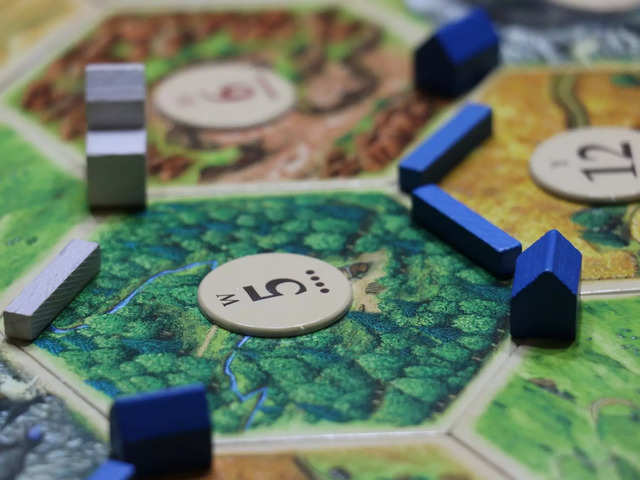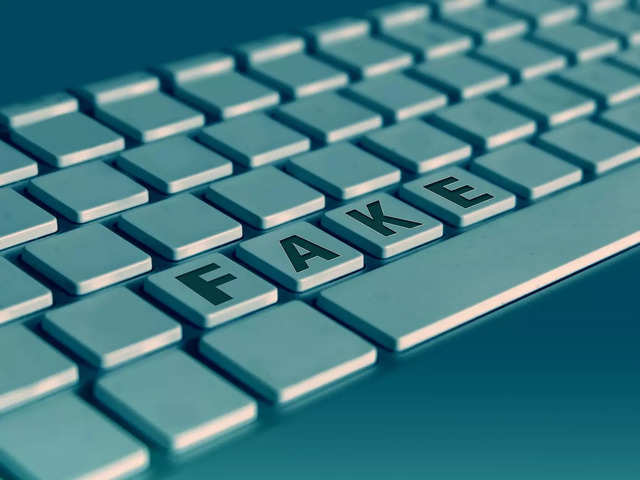
Mayank Shah, Senior Category Head, Parle ProductsParle
Mayank Shah takes us behind the scenes of one of India's most loved biscuit brands
Jul 5, 2021, 14:37 IST
brands
How Parle has stood the test of time
Jul 5, 2021, 14:37 IST
Mayank Shah takes us behind the scenes of one of India's most loved biscuit brands
Parle , founded in 1929, has been able to reinvent itself over the years, while keeping its legacy intact.- We speak to
Mayank Shah , Senior Category Head,Parle Products about all that the brand has been doing, to further grow its presence in the market.

Parle, founded in 1929, first started manufacturing orange candies. It was only 10 years later that it manufactured its first biscuit, coming up as an alternative to the more elite British biscuits. From there to now, this homegrown brand has come a long way.
While entering the premium segment with

Last year, Parle made headlines when they spoke about a surge in sales of Parle-G biscuits during the
It makes for an interesting case study, to understand how this brand, that was started 82 years ago, has stood the test of time. Despite being eight years short of a century old, Parle has tried to reinvent itself over the years, while keeping its legacy alive. A lot of the love for the brand comes from nostalgia, and also from the fact that despite entering newer categories, launching premium products, it is still looked at as an aam-aadmi product. How they react during a crisis also says a lot about the ethos of brands.
The pandemic and Parle
Last year, even before the pandemic hit India in full force and the government announced its first rounds of lockdown, Parle was prepared. Observing how things were in other countries, it had increased its production, just to make sure that the market never ran out of its biscuits. “What happened after the pandemic was something completely unprecedented, but we had been studying what was happening in neighboring countries, or in Europe, and we decided to double down on our production,” shared Mayank Shah, Senior Category Head, Parle Products. They also started shipping the products, keeping the stocks closer to the market, to minimize supply chain disruptions. As a result, when the lockdown was announced, and most brands were caught unprepared, Parle had its products, and especially Parle-G, in shops across the country.
Having said that, Parle did meet with its fair share of troubles. With the sudden lockdown and with uncertainty looming large, there was a shortage of labor which the company was able to tackle by prioritizing its production; it stopped producing many of its offerings that were more labor-intensive. “As a result of this prioritizing, we were able to meet maximum demand. If at normal times, the demand is at 100%, during this time we saw between 160-170% demand, firstly because people were pantry-loading and secondly because of speculative buying,” explained Shah.
However, this was also the time for the brand to give back to the society. The brand won a lot of love when it donated close to 3 crore biscuit packets to the government and NGOs. “Parle G is a brand that stands for goodness, in all senses, and we are more than just a corporate brand that is only interested in profits. We have always been a brand for the common man. Last year, raw material prices were going up and we could have easily taken a price hike, we never did that. I have been a part of this company for 20 years and I was surprised when my management came and told me we should be helping people. So each and every employee in the company lives by the philosophy of doing something for the greater good. Parle was launched as a Swadeshi brand to take on global biscuit brands, and this was during this last one year that I saw those philosophies come in play,” said Shah.
“We saw so many posts on social media talking about us saying they were proud to see a brand go out and service consumers in the time of their need, it was a very moving experience for us,” he added.
Entry into newer segments
Over the years, we have seen Parle innovate and expand its portfolio to enter premium segments too. But why did the company, which primarily produces biscuits, decide to launch an atta brand? Shah said that the company has been producing atta for years now, but the product was exported to markets like the Middle East, UK and USA.
“The packaged atta segment in India is worth around Rs 20,000 crore and only Rs 10,000 crore out of that is for branded packaged atta, which are either national or regional brands. But the overall atta market is much larger, and that is mostly people going out, buying wheat and getting it milled. During the pandemic however, we observed that people wanted to buy products that they thought were safer and we saw many switching to packaged atta. Penetration of packaged atta in the market is still very low and there is a huge opportunity for growth, so we thought this was the ideal time for us to launch it here,” explained Shah. He is not even worried about the more established players as he feels there is a huge, unpenetrated market for the brand to capture where people who used to buy loose atta are now converting to packaged, trusted brands.
Parle had launched its premium range Platina three year back and now wants to focus on it to grow its market share, and to build relevance. “There has been a bit of a slowdown in the growth of our premium products in the last 1.5 years, so we will renew our focus on the segment with the opening up of markets,” explained Shah.
During times of crisis, marketing budgets are usually the first to get slashed.While Parle did not cut down majorly on its spends in the last 1.5 years, it did rationalize its spends, shared Shah. “During the pandemic, we did two things, firstly, we increased our digital spends, which helped us a lot, while also continuing to advertise on TV. Secondly, we also tweaked our creatives. Our communication in the last one year has been very different from what we usually do. All our communication has been about what has been happening around us. We paid tribute to the known and unknown frontline workers. That communication also sent a strong signal to our internal stakeholders that its our responsibility to rise to the occasion because so many of them were risking their lives in working during those times, and we wanted to acknowledge that.”
Meanwhile, brands like Parle G also gain a lot from nostalgia. The last year has seen people take to social media to talk about their love for the brand, come up with content using the product and also coming up with innovative recipes using the biscuits. “That’s the thing about Parle G asa brand, everybody has their own way of eating the biscuit and they have their own stories. I have my Parle G story too; I stayed in a hostel for about 10 years. For anybody who has stayed in hostels knows how the food is. So we would eat the hostel food at 10 and then get hungry by 12. So we had a routine of having chilled milk from Aarey at 1 pm, we used to add a packet of Parle G to it, mix it and have it as a slurry. That was our lunch for 10 years. It was not just me, I know many people who did it. So we have always had a lot of user-generated content but the pandemic took it to a whole different level. It was heartening to see that kind of response from consumers,” he added.
On where the next phase of growth for Parle as a brand will come from, Shah said, “It will come both from our biscuits and non-biscuits portfolios. While the penetration of biscuits is high, the per capita consumption is still lower, compared to Western markets. So I feel there’s still a scope of growth in the
INSIDER INTELLIGENCE REPORTS







